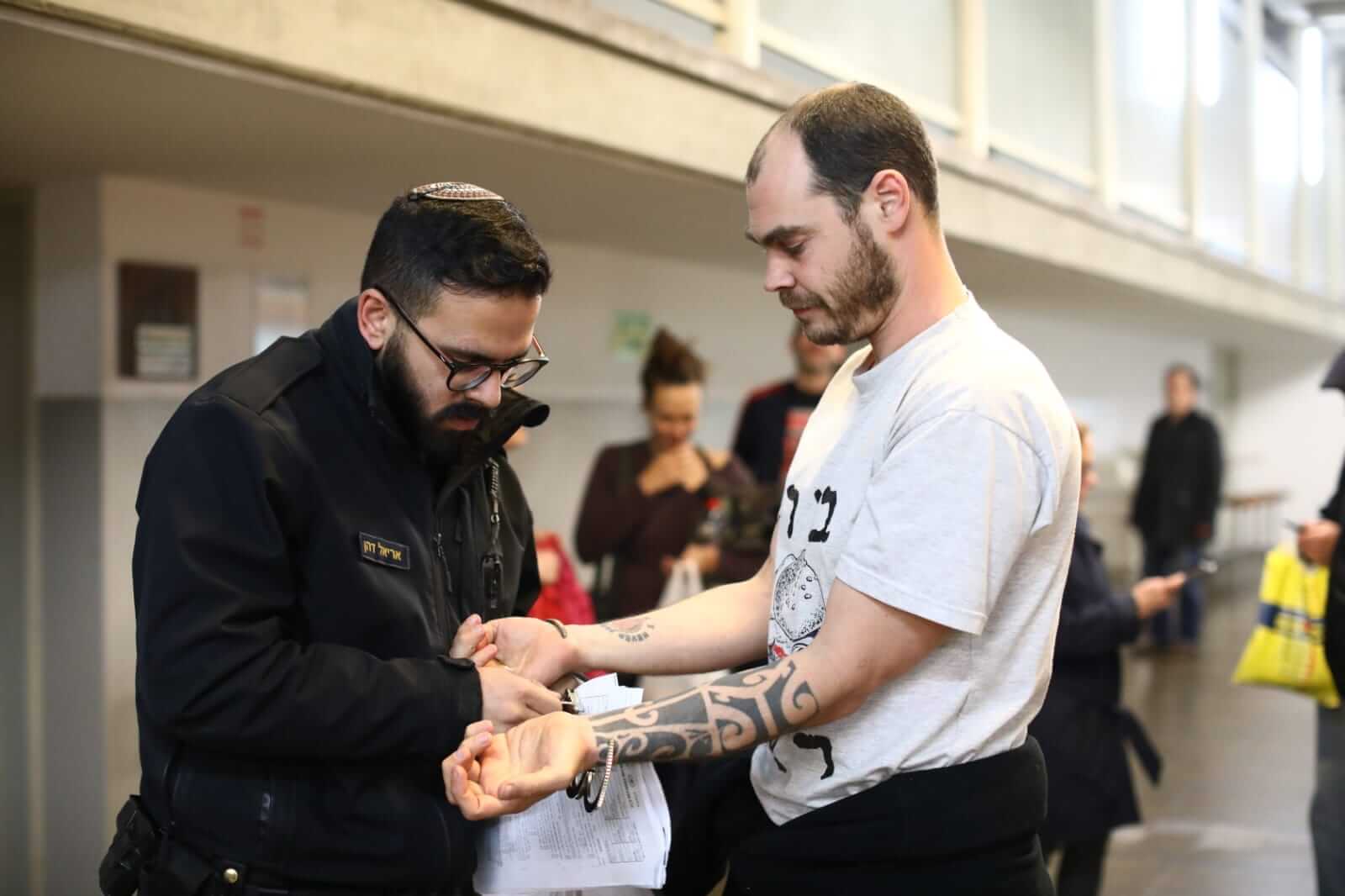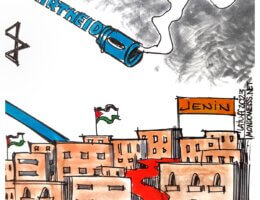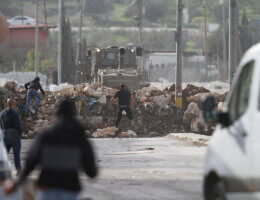During the past two months, I have met with resistance fighters in various factions for a story on the history and current moment of Gaza’s armed resistance. Despite the intimidating circumstances under which I conducted the interviews, listening to their explanation of why they fight fills you with emotion, and makes clear why they fill so many with pride.
Steve Inskeep of NPR today described Neve Yaakov, the scene of an attack last week, as being in Israel. While Jeremy Ben-Ami of J Street called it a Jerusalem “neighborhood.” It is in fact an exclusively Jewish settlement in occupied Jerusalem, built on confiscated Palestinian lands, and a source of affliction for Palestinians.
An Israeli Magistrate Court judge extended the detention of left-wing anti-Zionist activist Jonathan Pollak following his arrest at a protest in the Palestinian village of Beita.
The case could indicate a significant escalation in the Netanyahu government’s crackdown on those who resist Israeli colonization.
New York Times columnist Thomas Friedman recently said that the two-state solution in Israel/Palestine is, if not already dead, “in hospice.” Now it’s time for news reporters at his paper and other mainstream U.S. media, to look squarely at how and why two states is no longer possible. Instead, the two-state solution is supposedly still the ideal — for the U.S. government, among others. The headline after the U.S. Secretary of State’s arrival in Israel yesterday was, predictably: “Blinken reaffirms need for two-state solution after talks with Netanyahu.”
Speaking from Jerusalem following a meeting with Benjamin Netanyahu, Secretary of State Anthony Blinken reiterated calls for a two-state solution and promoting the normalization of relations with Israel across the Middle East. Palestinians say the visit shows the United States remains biased towards Israel.
“When the U.S. draws an equivalence between the butcher and the butchered, then it is necessarily on the side of the butcher,” Ubai Aboudi, Executive Director at Bisan Center for Research and Development, tells Mondoweiss.
Phil Weiss speaks to Matthew Teller about his new book, Nine Quarters of Jerusalem: A New Biography of the Old City.
The next escalation is already here.
It feels very different from previous cycles of resistance and repression, as if Palestine is on the brink of something closer to an uprising.
While the many possible futures of Palestinian resistance remain formless and kaleidoscopic, the colonial constant ensures that resistance will have a future.
Violence is erupting in Palestine now, and the bias with which it is being described in the west is as predictable as it is enraging.
When Israel killed ten Palestinians in Jenin in what is being called a “massacre,” those deaths were not a major story in the American press. But a day later, when a Palestinian gunman killed six Israeli settlers and a Ukrainian national in the illegal settlement of Neve Yaakov in occupied East Jerusalem, that was big news in the west– with outlets saying a terrorist had targeted a synagogue as if this is a religious conflict, and not militant apartheid.
In the aftermath of the Jenin raid and the shooting operations in Jerusalem, Israeli government officials, including Prime Minister Benjamin Netanyahu, have called for swift and sweeping policies of retribution across the occupied Palestinian territory – promising increased punitive home demolitions and other measures meant to target the families of Palestinians who carry out attacks against Israelis.
But despite the government’s moves towards more collective punishment, the tension on the ground continues to swell, and shows no signs of stopping.
The past three days have been some of the deadliest recorded in the occupied Palestinian West Bank and East Jerusalem in years. Here is a full breakdown of what has transpired.









